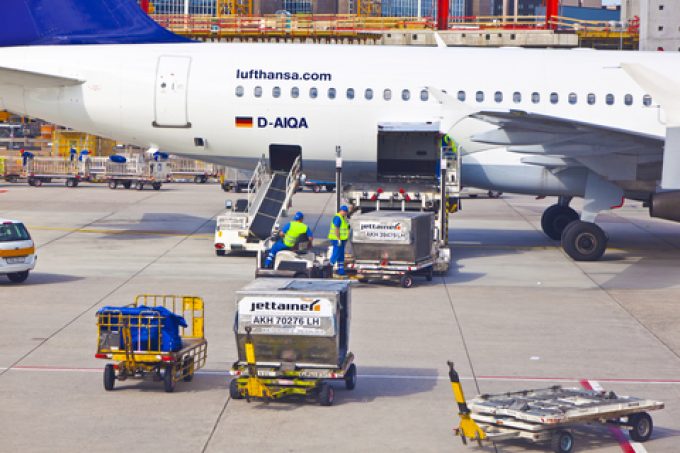Hellmann's Denis de Farias Duarte takes on Fraport cargo role
Denis de Farias Duarte is to take over Max Conrady’s role as head of cargo ...

Air cargo throughput at some of Europe’s biggest hubs continues to fall well short of of pre-pandemic levels – an indication that the market remains stagnant, or at best is slowly recovering.
Throughput of airfreight and airmail last month at Frankfurt (FRA), Europe’s biggest air cargo hub, exceeded the July 2022 level by 2.3%, reaching 164,503 tonnes, but mainly due to measures to reduce freighter capacity last year.
And airport operator Fraport said the figure was “significantly below the July average over ...
Maersk Air Cargo sees volumes fall as it aims for 'margin in favour of revenue'
Keep our news independent, by supporting The Loadstar
Container spot rates diverge: to Europe still falling, but firmer to the US
Hapag-Lloyd won't take bookings if port congestion leaves cargo stranded
Ecommerce likely the front-runner in resurge of transpacific trade after deal
Volume surge and an early peak season? 'Don't celebrate too soon,' warning
China-US trade tariff pause could drive a rebound for transpacific rates
Airfreight players eye new routes as demand on the transpacific nosedives
Service chaos from trade ban with India a problem for Pakistan shippers
Airfreight rates ex-China 'loss-making', but hopes of a trade deal stay high
Indian coastal freight attracts major carriers, but regional tension disrupts
Serious threat to jobs in US logistics as tariffs cause economic 'stagflation'

Comment on this article